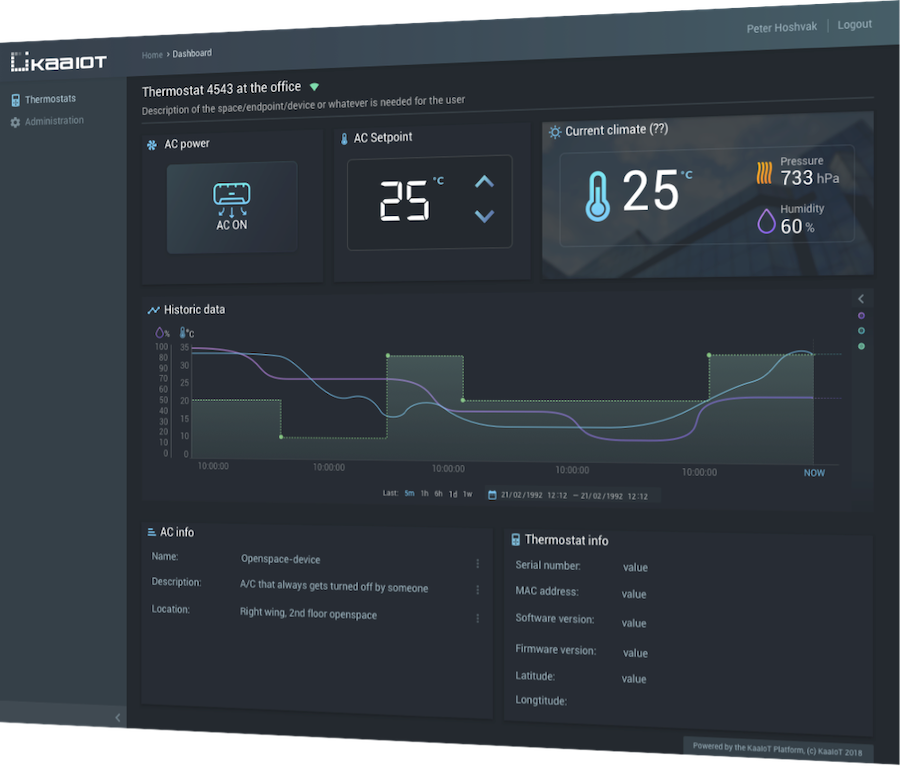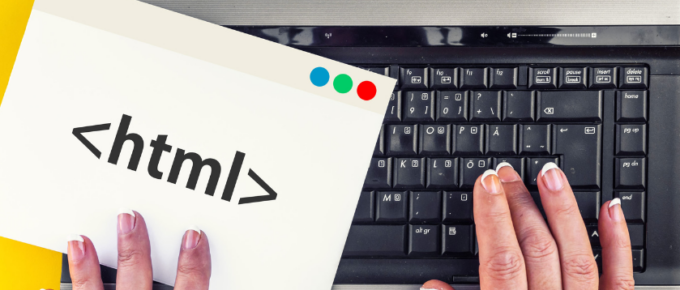IoT platforms and tools are considered as the most significant component of the IoT ecosystem. Any IoT device permits to connect to other IoT devices and applications to pass on information using standard Internet protocols. IoT platforms fill the gap between the device sensors and data networks. It connects the data to the sensor system and gives insights using back-end applications to create a sense of the plenty of data developed by the many sensors. The Internet of Things (IoT) is the future of technology that helps Artificial intelligence (AI) to regulate and understand things in a considerably stronger way. We have picked up a mix of best-known IoT platforms and tools that help you to develop IoT projects in an organized way.
Node-RED
Node-RED is a visual tool for lining the Internet of Things, i.e., wiring together hardware devices, APIs, and online services in new ways. Built on Node.js, Node-RED describes itself as “a visual means for wiring the Internet of Things.” It provides developers to connect devices, services, and APIs using a browser-based flow editor. It can run on Raspberry Pi, and further 60,000 modules are accessible to increase its facilities.
OpenRemote
OpenRemote has introduced a new open-source IoT platform to create professional energy management, crowd management, or more generic asset management applications. Summing up the most important features:
Generic asset and attribute model with different asset typesAuto device provisioning (for OEMs)Protocol agents like HTTP REST or MQTT to connect your IoT devices, gateways, or data services or build a missing vendor-specific API.Flow editor for data processing, and a WHEN-THEN and a Groovy UI for event-based rules.Standard Dashboard for provisioning, automating, controlling, and monitoring your application as well as Web UI components to build project-specific apps.Android and iOS consoles allow you to connect to your phone services, e.g., geofences, and push notifications.Edge Gateway solution to connect multiple instances with a central management instance.Multi-realms multi-tenant solution, combined with account management and identity service.
Flutter
Flutter is a programmable processor core for electronics projects, designed for students, and engineers. Flutter’s take to glory is it’s long-range. This Arduino-based board includes a wireless transmitter that can show up to more than a half-mile. Plus, you don’t require a router; flutter boards can interact with each other quickly. It consists of 256-bit AES encryption, and it’s simple to use. Some of the other features are below.
Fast PerformanceExpressive and Flexible UINative PerformanceVisual finish and functionality of existing widgets.
Arduino
If you are seeking to make a computer that can perceive and exercise stronger control over the real world when related to your ordinary stand-alone computer, then Arduino can be your wise preference. Offering an appropriate blend of IoT hardware and software, Arduino is a simple-to-use IoT platform. It operates through an array of hardware specifications that can be given to interactive electronics. The software of Arduino comes in the plan of the Arduino programming language and Integrated Development Environment (IDE).
M2MLabs Mainspring
M2MLabs Mainspring is an application framework for developing a machine to machines (M2M) applications such as remote control, fleet administration, or smart terminal. Its facilities include flexible design of devices, device structure, connection between machines and applications, validation and normalization of data, long-term data repository, and data retrieval functions. It’s based on Java and the Apache Cassandra NoSQL database. M2M applications can be modeled in hours rather than weeks and subsequently passed on to a high-performance execution environment made on top of a standard J2EE server and the highly-scalable Apache Cassandra database.
ThingsBoard
ThingsBoard is for data collection, processing, visualization, and device management. It upholds all standard IoT protocols like CoAP, MQTT, and HTTP as quickly as cloud and on-premise deployments. It builds workflows based on design life cycle events, REST API events, RPC requests. Let’s take a look at the following ThigsBoard features.
A stable platform that is combining scalability, production, and fault-tolerance.Easy control of all connected devices in an exceptionally secure systemTransforms and normalizes device inputs and facilitates alarms for generating alerts on all telemetry events, restores, and inactivity.Enables use-state specific features using customizable rule groups.Handles millions of devices at the same time.No single moment of failure, as every node in the bundle is exact.Multi-tenant installations out-of-the-wrap.Thirty highly customized dashboard widgets for successful user access.
Kinoma
Kinoma, a Marvell Semiconductor hardware prototyping platform, involves three different open source projects. Kimona Create is a DIY construction kit for prototyping electronic devices. Kimona Studio is the development environment that functions with Set up and the Kinoma Platform Runtime. Kimona Connect is a free iOS and Android app that links smartphones and stands with IoT devices.
Kaa IoT Platform
Kaa is a production-ready, flexible, multi-purpose middleware platform for establishing end-to-end IoT solutions, connected applications, and smart devices. It gives a comprehensive way of carrying out effective communication, deals with, and interoperation capabilities in connected and intelligent devices. It mounts from tiny startups to great enterprises and holds advanced deployment models for multi-cloud IoT solutions. It is primarily based on flexible microservices and readily conforms to virtually any need and application — some other features as below.
Facilitates cross-device interoperability.Performs real-time device control, remote device provisioning, and structure.Create cloud services for smart productsConsists of topic-based warning systems to provide end-users to deliver messages of any predefined format to subscribed endpoints.Perform real-time device monitoringManage an infinite quantity of connected devicesCollect and analyze sensor data
SiteWhere
SiteWhere platform offers the ingestion, repository, processing, and assimilation of device inputs. It runs on Apache Tomcat and provides highly tuned MongoDB and HBase implementations. You can deploy SiteWhere to cloud platforms like AWS, Azure, GCP, or on-premises. It also supports Kubernetes cluster provisioning. The following are some of the other features.
Run any estimate of IoT applications on a single SiteWhere instanceSpring brings the root configuration framework.Add widgets through self-registration, REST services, or in batches.InfluxDB for event data storageConnect devices with MQTT, Stomp, AMQP and other protocolsIntegrates third-party integration frameworksEclipse Californium for CoAP messagingHBase for the non-relational datastoreGrafana to visualize SiteWhere data
DSA
Distributed Services Architecture (DSA) is for implementing inter-device communication, logic, and efforts at every turn of the IoT infrastructure. It allows cooperation between devices in a distributed manner and sets up a network engineer to share functionality between discrete computing systems. You can manage node attributes, permission, and links from DSLinks.
Thinger
Thinger.io provides a scalable cloud base for connecting devices. You can deal with them quickly by running the admin console or combining them into your project logic using their REST API. It supports all types of hackers’ boards such as Raspberry Pi, Intel Edison, and ESP8266. Thinger can be integrated with IFTT, and it provides real-time data on a beautiful dashboard.
Conclusion
We are living in a world where everything is connected to the Internet, which will be generating data and information that can be used, analyzed, and of course, exploited to make more use of resources of the competitiveness of companies and cities. So, if you want your business to take advantage of this impact and how everyone experiences the world around them, then you should focus your developments on the creation of “connected applications”. If you are a developer and interested in building IoT from scratch, then check out this brilliant course by Junaid Ahmed.













